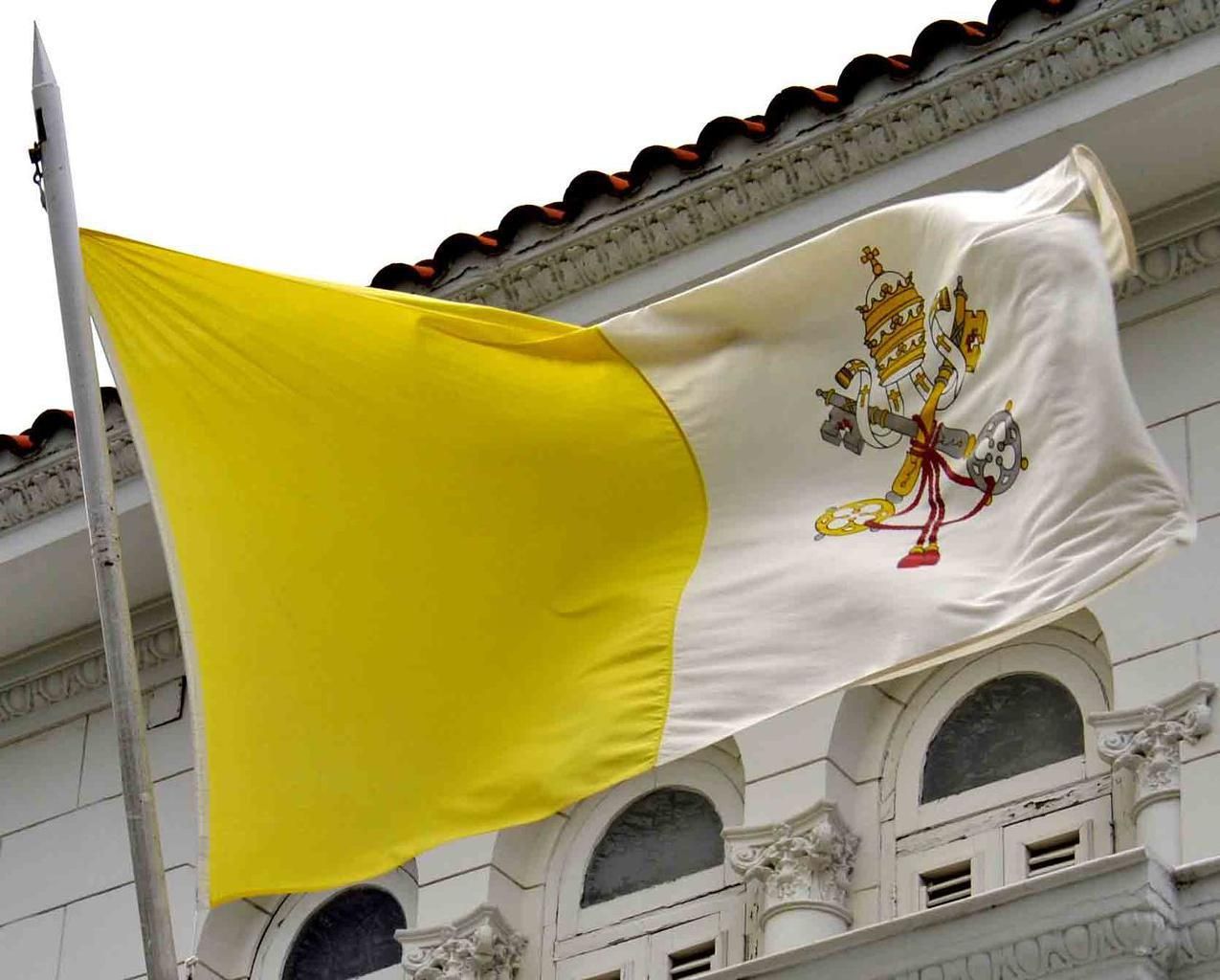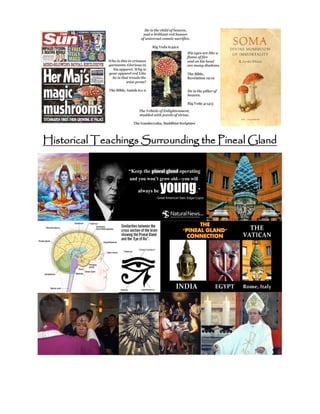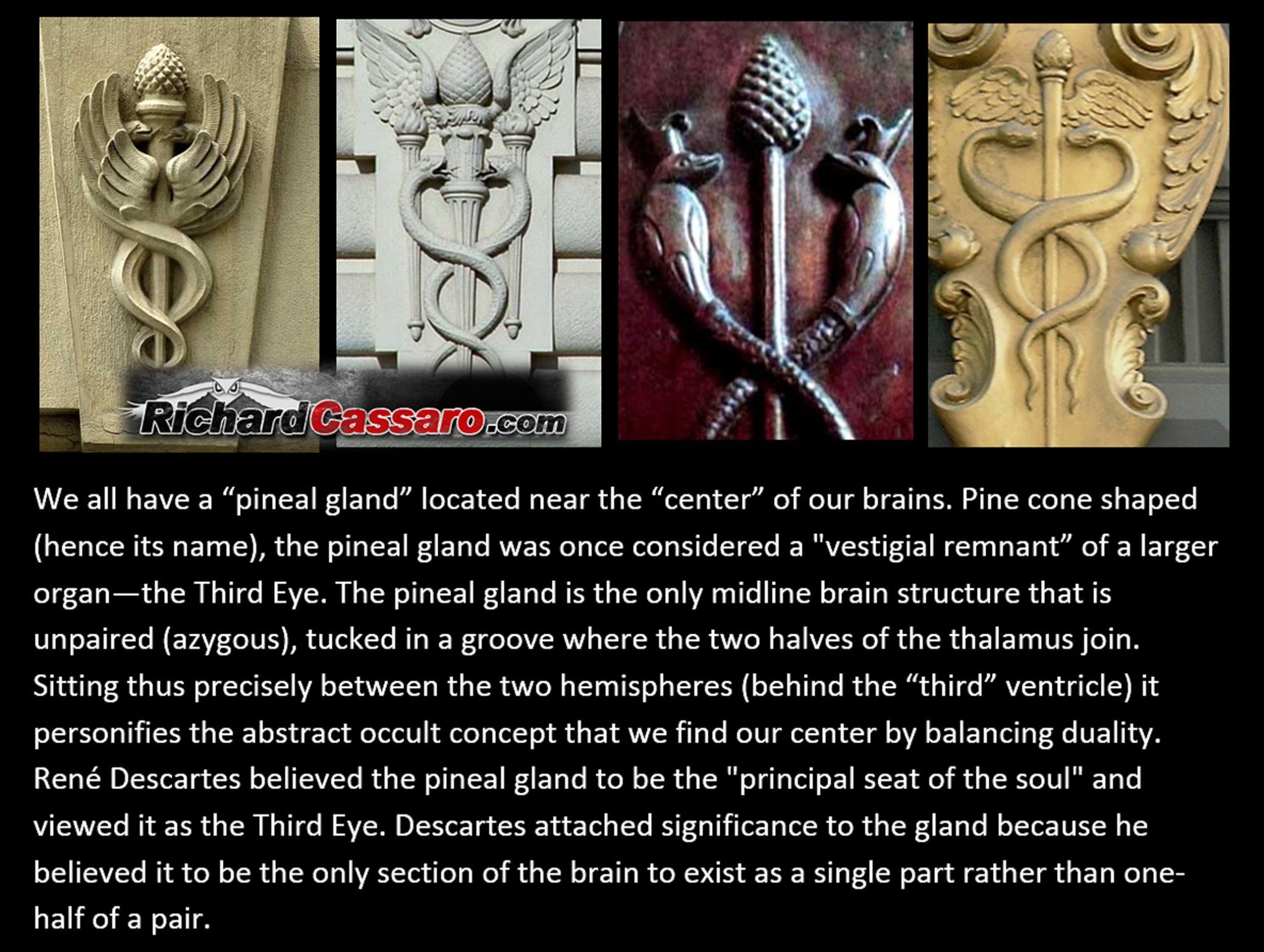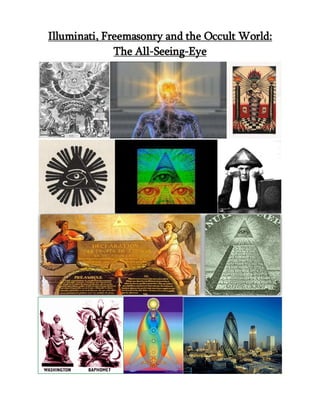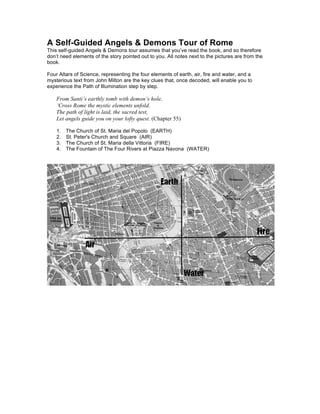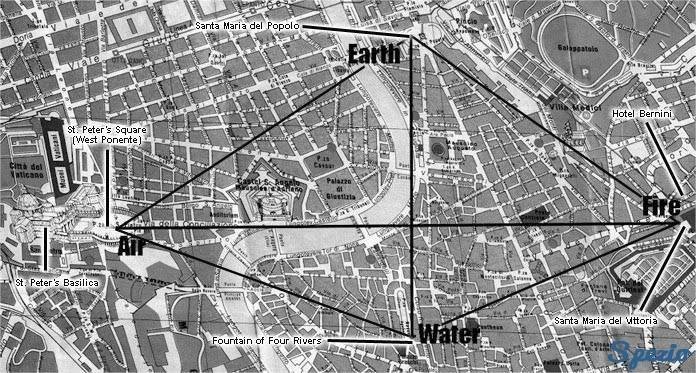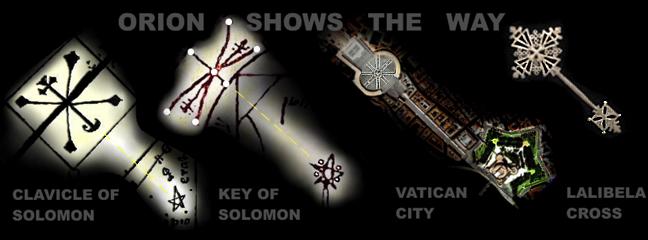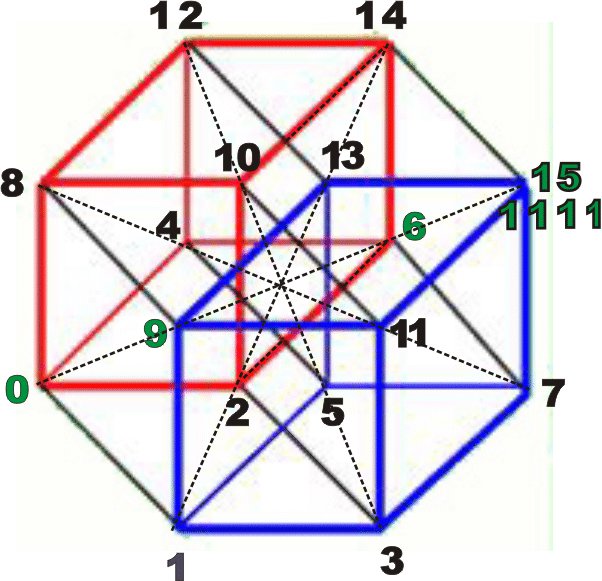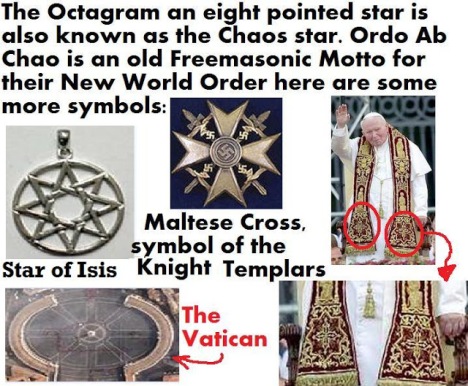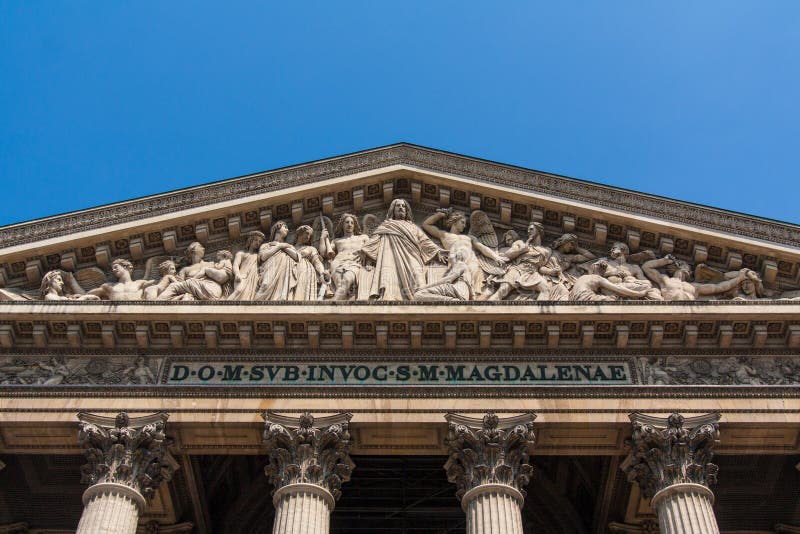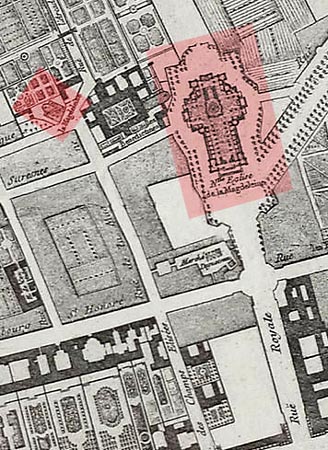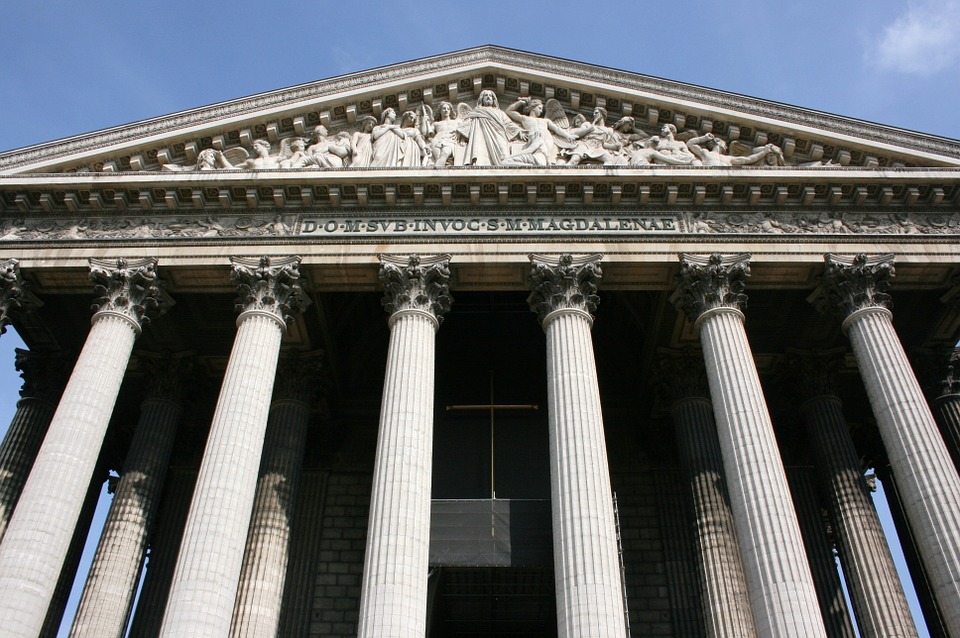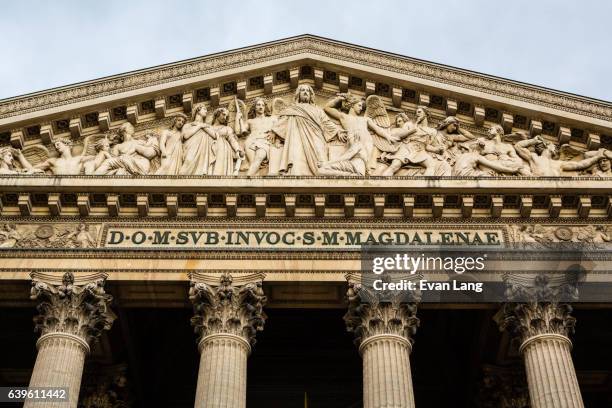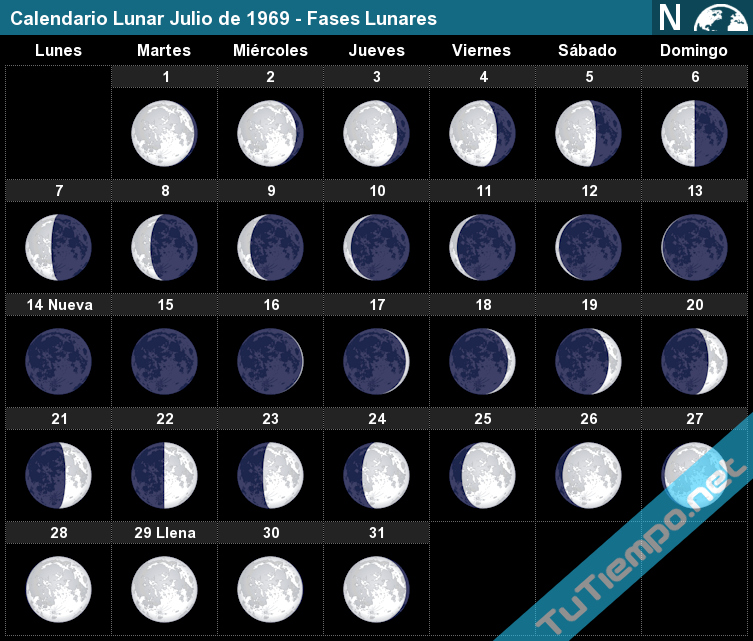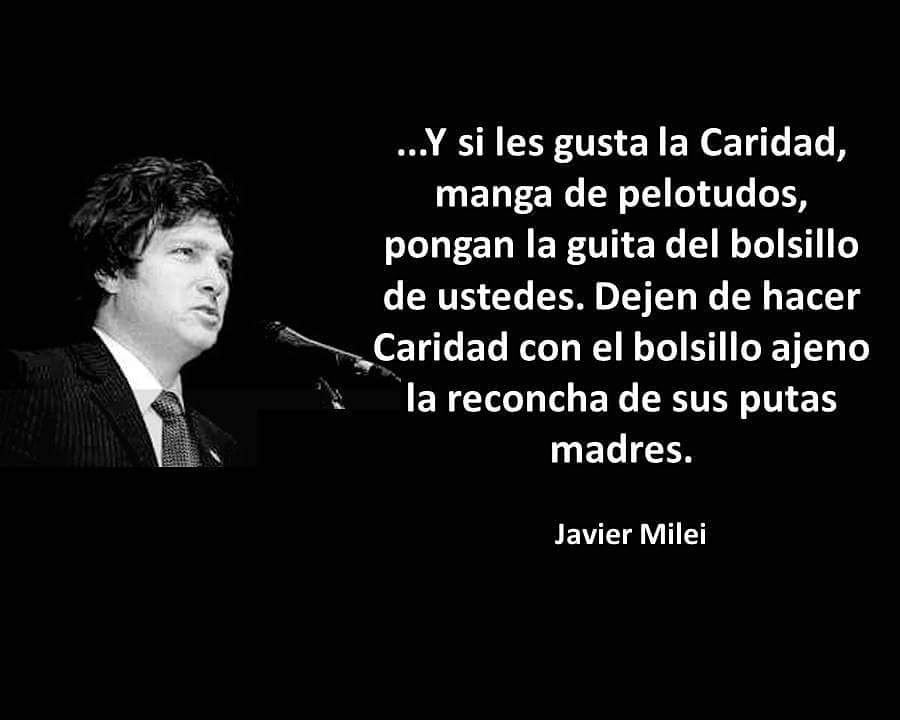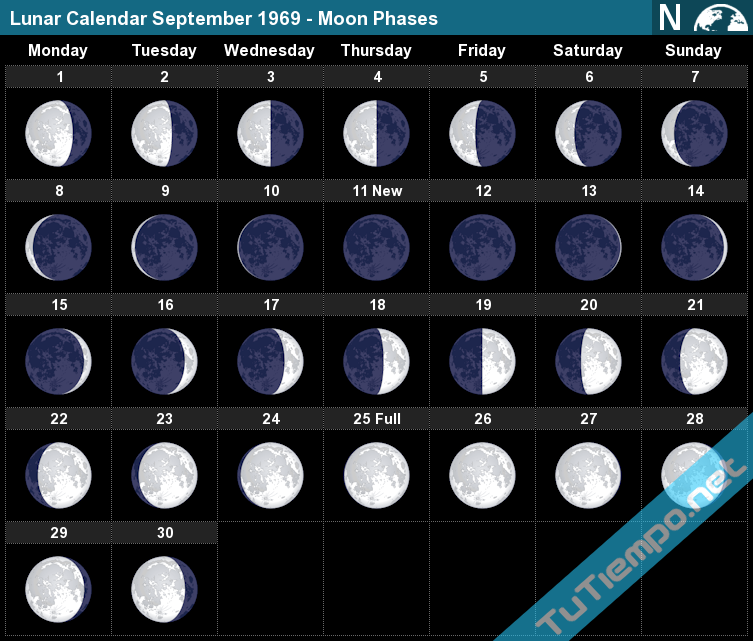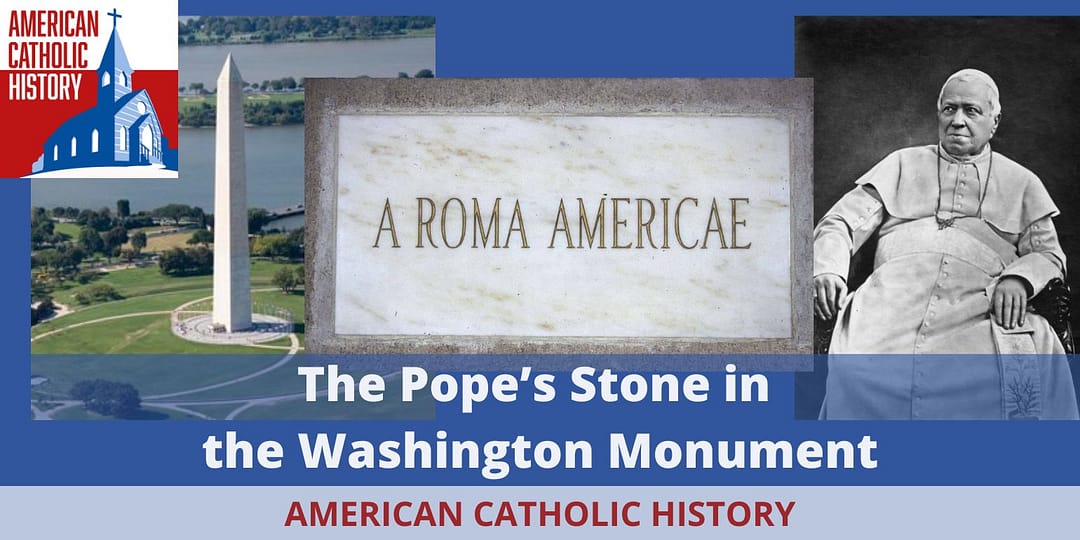Episode 134
n 1854 a slab of marble donated by Pope Pius IX arrived in Washington, D.C. He had it engraved “A Roma Americae,” or “From Rome to America,” as a sign of goodwill. He had sent it over to be included in the Washington Monument, which was then under construction. Many foreign governments had sent similar contributions to honor America’s first president. The Know Nothings, however, had no intention of allowing a gift from the Pope to be included in the Washington Monument. They were certain the stone was a sign of darker intentions by the Pope. So on March 9, 1854, under cover of darkness, a group of these anti-Catholics broke into the yard, stole the stone, and after damaging it with hammers they dropped it in the Potomac River. No one was ever credibly accused of the crime, despite reward offers and a public outcry. Many years later, however, after a tip, the stone was discovered… only to disappear again. But today, there is a stone from the Pope in the Washington Monument, this one was provided by Pope John Paul II in 1982.
More Information
- The Pope’s Stone Mystery: Is The Evidence in Smithsonian? – The Washington Post
- When Washington, D.C. Gave the Pope a Truly Rocky Reception | Mental Floss
- When Hatred of Immigrants Stopped the Washington Monument from Being Built – Long Island Wins
- The Pope’s Stone | Catholic Journal
- “To the immortal name and memory of George Washington” – The United States Army Corps of Engineers and the Construction of the Washington Monument



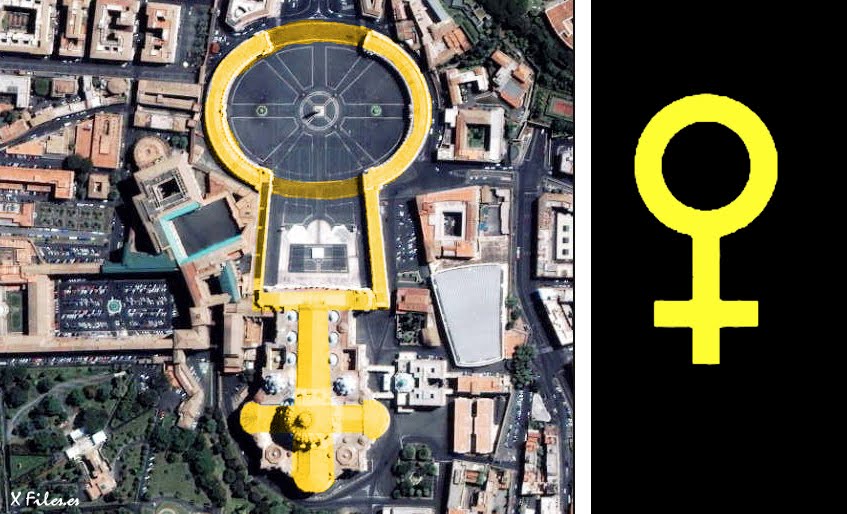







![Secrets Of The PINEAL GLANDTHIRD EYE The Gateway To God [ HD, 1280x 720] : Free Download, Borrow, and Streaming : Internet Archive](https://archive.org/download/secrets-of-the-pineal-glandthird-eye-the-gateway-to-god-hd-1280x-720/secrets-of-the-pineal-glandthird-eye-the-gateway-to-god-hd-1280x-720.thumbs/Secrets%20of%20the%20PINEAL%20GLANDTHIRD%20EYE%20the%20gateway%20to%20God%20[HD,%201280x720]_000054.jpg)




